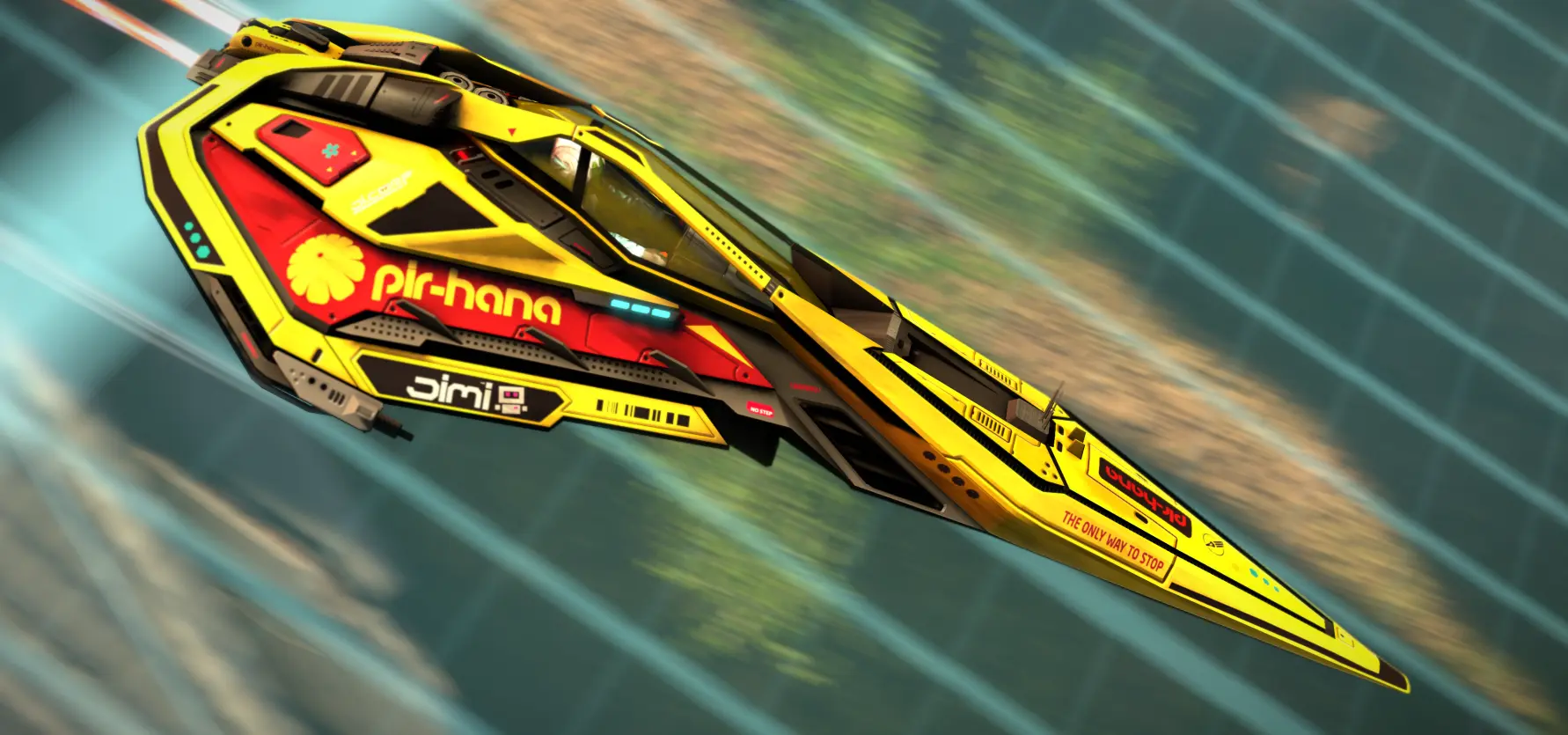

They key for gyro aiming on a console where the screen is attached, is to get the movement to be as one to one as possible, to make it work as if the screen is a portal into the game world that turns in a matching direction as you move the device.
I had this revelation back with the PS Vita, where Killzone Mercenaries worked this way by default. It was magical for an FPS game to play that well on the tiny vita with its miniature analogue sticks.
The joystick camera input and gyro also worked in concert, I’m fairly certain the game hybridized the input signals such that if you moved the device to correct your aim, that would override any current input signal from the stick, making it possible to correct overshoot and undershoot in a way that almost felt like the console was reading your mind.
I’ve not been able to get that with steam input, but you can get close.








2016